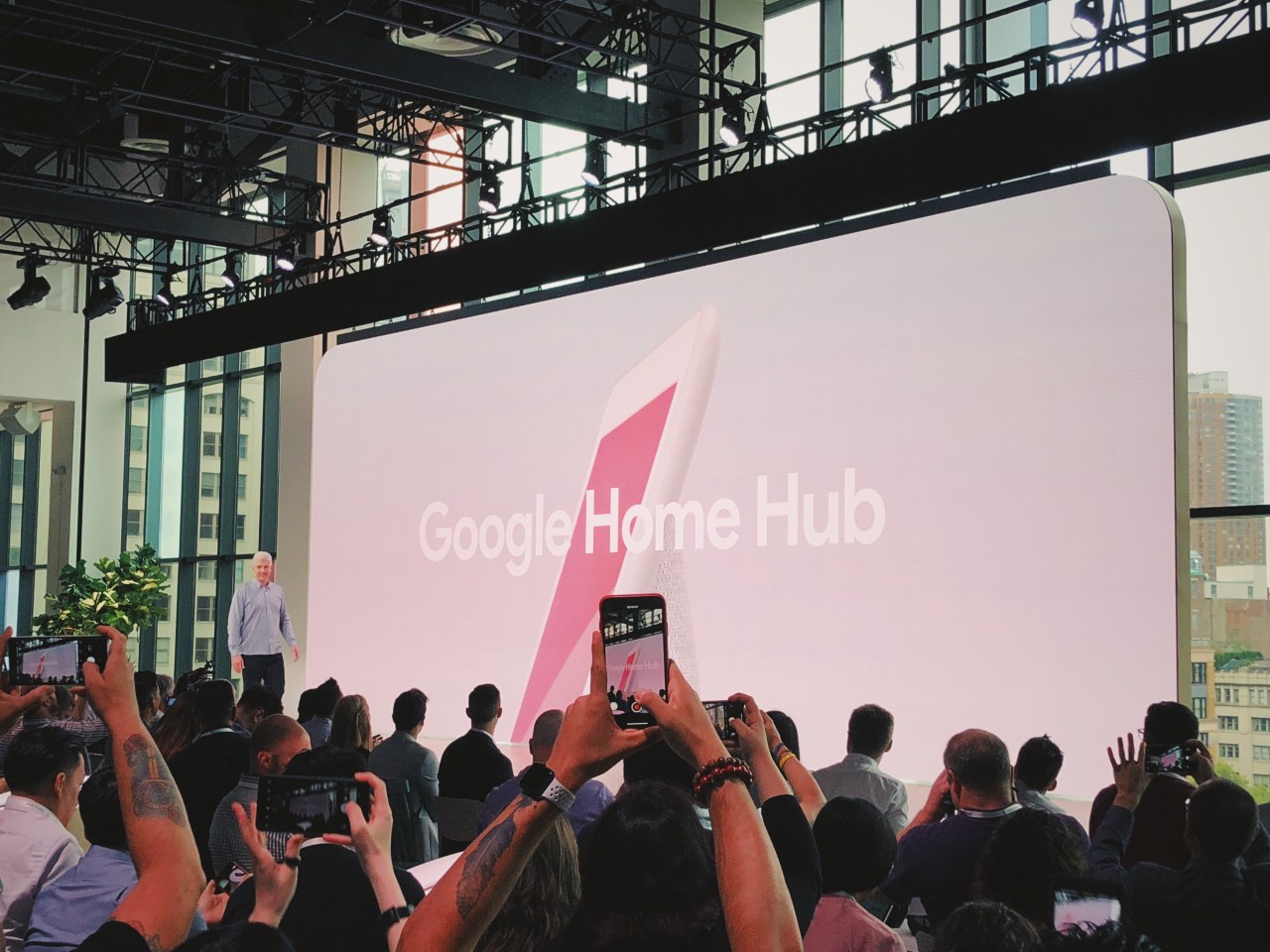In an era where technological advancement is applauded, the prospect of a smart home can feel like a paradox. Google’s recent foray into their lineup of smart home products sparked a conversation about the inherent chaos and confusion that often envelops this enticing market. As we sift through their latest offerings, we are compelled to ask: are we heading towards a seamless future, or have we merely unwrapped a box of discombobulated gadgets? Let’s explore.
The Illusion of Clarity in a Crowded Space
At their recent hardware launch event, Google attempted to present a unified vision of a whole new world of connected living. The ambition was tangible, but the delivery felt muddled. If an extraterrestrial being—or even a curious tech novice—were observing this display, they might liken it to admiring a ‘Rube Goldberg machine’—intricate and complex, but ultimately over-engineered and ineffective.
Google unveiled the ‘Made by Google’ Home Hub, a device positioned as a central control unit for the smart home ecosystem. However, the message that emerged was one of perpetual investment: a siren call beckoning consumers to spend more on yet another device designed to ease the burden of managing previous purchases. Is this smart living? Or simply a burden disguised as convenience?
Device Overload: The High Price of Minimalist Convenience?
The crux of Google’s message lay in addressing the overwhelming inundation of smart devices—all of which demand attention, energy, and of course, money. Each gadget comes with promises of sufficiency and ease, but the reality often resembles a tangled nest of wires and duplicative functionalities. As the old adage goes, “if you want something done right, you have to do it yourself” — yet in the world of smart homes, it’s more about waiting for an update or recalibrating connectivity than it is about personal agency.
- Functionality vs. Reality: The Home Hub, though appealing in concept, was shaped by limitations. Absence of essential features such as a web browser or camera narrows its scope significantly, raising eyebrows over the value it actually brings to the table.
- Digital Well-Being or Digital Chaos?: Google touted commitments to enhancing users’ digital well-being even as they released another series of devices into the consumer landscape. The contradiction was palpable—promising relief from technology while simultaneously saturating the market with connected devices.
The Race Towards Seamlessness: Who Will Win?
As it stands, the marketing leading us towards a ‘thoughtful home’ may very well mislead consumers. Indeed, while smartphones have evolved into powerful all-in-one machines, the concept of a cohesive smart home still feels like a work in progress—chaotic, at best. If progress is marked by a clear user experience, how long can the smart home concept thrive amidst these confounding intricacies?
In a landscape now populated by an overwhelming number of options—each with various interconnected capabilities—the smart home presents itself more as an experiment rather than a cohesive solution. With Facebook’s recent introduction of a swiveling camera-equipped speaker and Amazon’s near-saturation of Echo devices, consumers are left to ponder where the value actually lies in this growing assemblage.
Is the Smart Home Living Up to Its Hype?
The questions loom larger: Does the smart home truly offer convenience, or does it merely add complexity to our daily routines? While incremental convenience is possible, it often comes down to how few devices one chooses to integrate while balancing their specific uses. This struggle surfaces responsibilities that can shift family dynamics and complicate relationships, particularly when tech malfunctions inevitably arise.
From who controls the devices to escalating conflicts that stem from technology mishaps, the stakes are high. Until the fundamental objectives of smart home technology can be simplified and clarified, the real promise of seamless, thoughtful living seems far from reach.
Conclusion: Redefining the Smart Home Experience
In the quest to bring simplicity to our lives through technological innovation, Google’s presentation added layers of intrigue while deepening confusion. The smart home needs reevaluation—not just in branding, but in essence. The vision of creating a “thoughtful home” is promising, but it must manifest in a more user-friendly manner.
At fxis.ai, we believe that such advancements are crucial for the future of AI, as they enable more comprehensive and effective solutions. Our team is continually exploring new methodologies to push the envelope in artificial intelligence, ensuring that our clients benefit from the latest technological innovations. For more insights, updates, or to collaborate on AI development projects, stay connected with fxis.ai.

